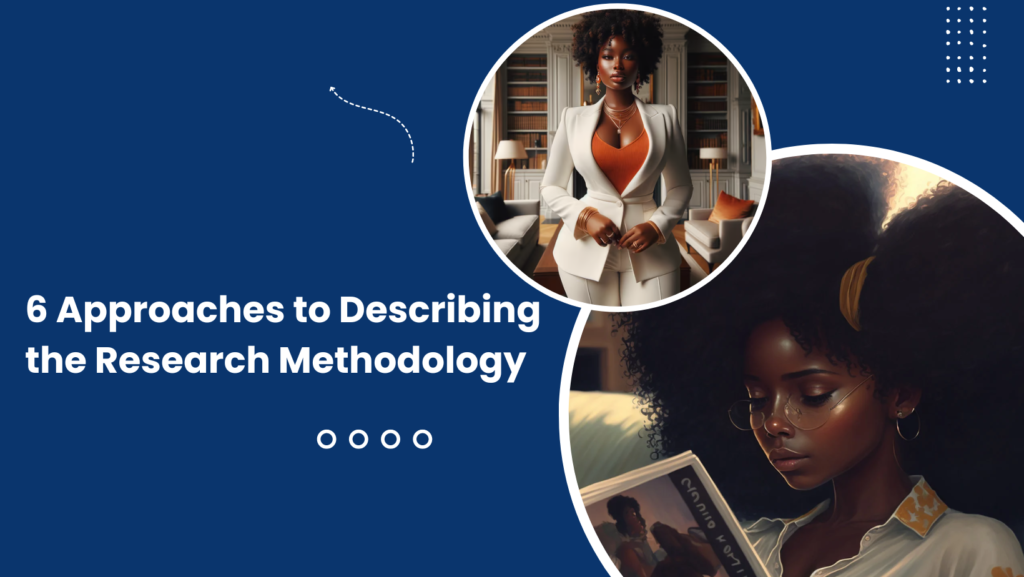
Menu
Facebook-f
Twitter
Google-plus-g
5 Tips for Highlighting the Study’s Contributions and Limitations
5 Tips for Highlighting the Study’s Contributions and Limitations
Highlighting a study’s contributions and limitations is essential for providing a comprehensive evaluation of its impact and significance within the academic community. This process involves clearly articulating both the significant achievements and the shortcomings of the research. Here are five detailed tips to effectively accomplish this:
- Clearly Articulate Key Contributions
To effectively highlight the key contributions of your study, it is crucial to identify and clearly articulate the most significant achievements. Focus on unique findings, advancements in the field, or novel methodologies introduced. This involves explaining how these contributions fit into the broader context of existing research, discussing their relevance and impact on the field. Providing specific examples from your study helps illustrate these contributions, making them more concrete and understandable.
For instance, if your study introduces a new algorithm for data analysis that improves accuracy, clearly explain how this algorithm works, its advantages over existing methods, and its potential applications in various fields. This not only highlights what your study adds to the field but also demonstrates its practical relevance.
2. Provide a Balanced View of Limitations
It’s crucial to provide a balanced view of your study’s limitations to build credibility and trust with your audience. Being transparent about the limitations demonstrates a comprehensive understanding of the research scope. Detail specific constraints such as sample size, methodological constraints, or potential biases, and explain how these limitations might affect the results. Discussing the potential impact of these limitations on the study’s conclusions helps readers understand the context and scope of your findings.
For example, if your study is based on a small sample size, you should explain how this might limit the generalizability of the results. Address any potential biases introduced by the sample selection and how they were mitigated. This transparency ensures that your audience can accurately interpret the significance and applicability of your research findings.
3.Compare with Existing Literature
Comparing your findings with existing literature is essential for highlighting what is new or different in your study. This comparison emphasizes the unique contributions of your research. Discuss how your findings align with or differ from previous studies, providing possible reasons for any discrepancies and what they might mean for the field. Use references to existing studies to support your claims about contributions and limitations, situating your work within the broader research landscape.
For example, if your research provides new insights into a well-studied phenomenon, compare your results with previous findings to highlight how your study offers a new perspective or additional depth that was not previously explored. This approach not only underscores the significance of your contributions but also demonstrates a thorough engagement with existing research.
4. Suggest Practical Applications
Discussing the practical applications of your study’s findings shows the relevance and utility of your research. Explain how the findings can be applied in real-world settings, providing clear, actionable recommendations for practitioners, policymakers, or other stakeholders. Use case studies or hypothetical scenarios to illustrate how your contributions can be implemented in practice, if your study identifies effective strategies for reducing workplace stress, suggest how organizations can implement these strategies. Provide examples of companies that could benefit from adopting your recommendations. By doing this, you highlight the real-world impact of your research and show how it can contribute to solving practical problems
. For instance, if research on workplace stress suggests implementing flexible working hours as an effective strategy, detailing how companies like Google or Microsoft have successfully adopted such measures can illustrate the practical applicability and benefits of the research findings.
5. Outline Future Research Directions
Outlining future research directions based on your study’s limitations and findings is crucial for advancing the field. Use the limitations of your study as a starting point for suggesting areas where additional research is needed, demonstrating an awareness of the study’s scope and encouraging ongoing inquiry. Highlight any unanswered questions or areas that require further investigation, providing a roadmap for other researchers to follow. Suggest potential collaborations or interdisciplinary approaches that could address the limitations and expand on your findings.
For example, if your research was conducted in a specific geographic region, suggest that future studies explore the same phenomena in different regions to test the generalizability of your findings. Encouraging collaborations between researchers from different disciplines can also help approach the research question from multiple angles, enriching the understanding and application of the findings.
Conclusion
Effectively highlighting a study’s contributions and limitations enhances its credibility and impact within the academic community and beyond. By articulating key contributions, providing a balanced view of limitations, comparing with existing literature, suggesting practical applications, and outlining future research directions, researchers can present a comprehensive overview of their work. This approach not only facilitates a deeper understanding of the study’s significance but also promotes transparency and fosters continuous improvement in research practices. Emphasizing both the strengths and areas for improvement encourages scholarly dialogue and contributes to the cumulative growth of knowledge in the field.
Address List
-
Makerere Hill Road, Ham Towers -
+256-703947778 -
info@professionalwriters.shop
Social Networks
Links List
Professional Writers Inc.
Turning Ideas Into Reality
Online Research Writing Training [Free]

































